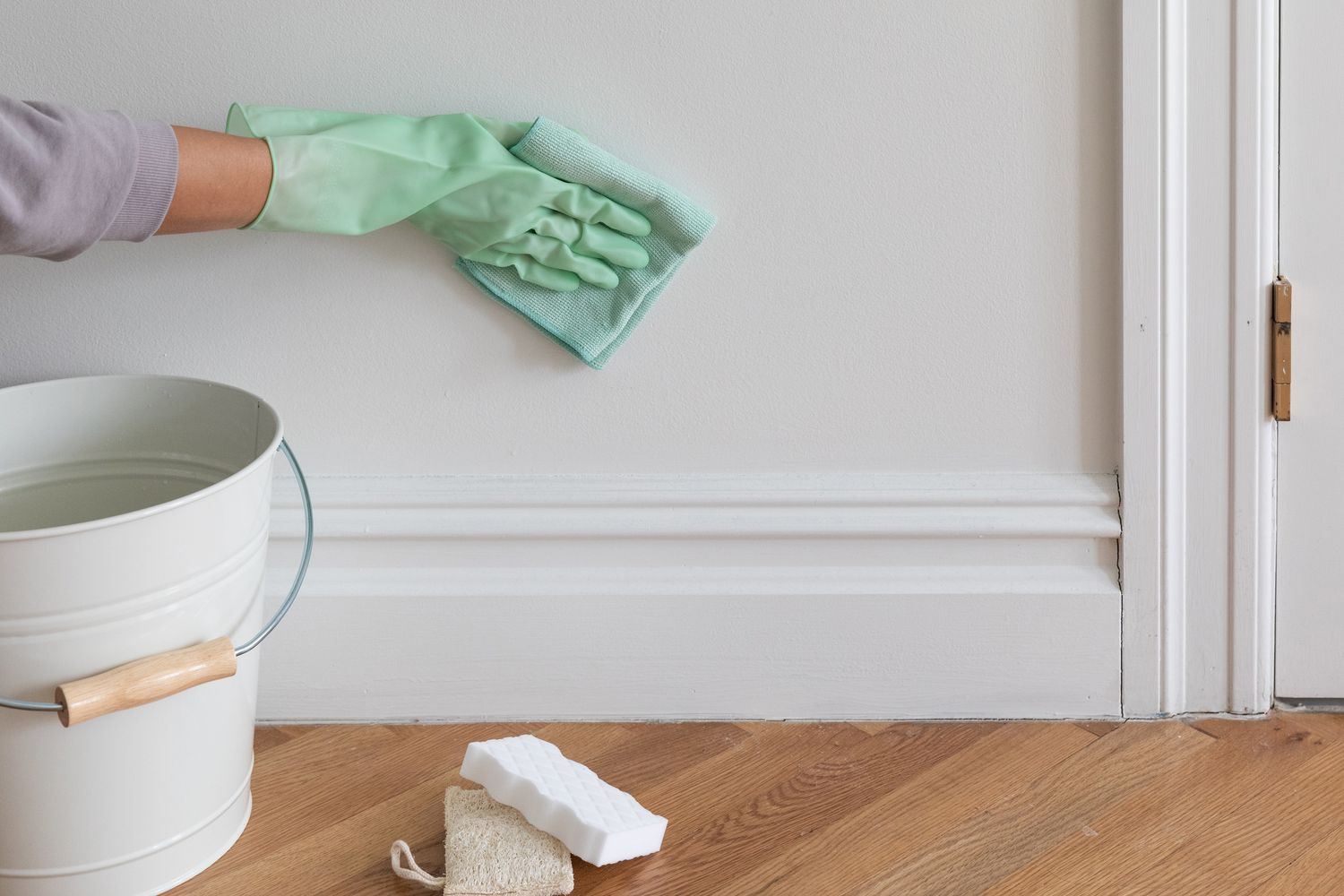
Is your home’s paint starting to look worn out? It might be time for a fresh coat to revitalize your walls. But before you grab a paintbrush, there are some important steps to take to ensure a successful paint job.
Today, we'll walk you through the process of preparing your walls for repainting, with a focus on the difference between latex-based and drywall paint, as seen through the eyes of a professional painter in San Antonio.
Why Prepare Wall Before Rolling Paint?
Before applying a fresh coat of paint, it's essential to inspect your walls closely for any imperfections. This includes looking for holes, dents, scratches, or stains that could affect the quality of the paint job. For example, you might find a hole from a misplaced nail, a dent from furniture bumping against the wall, or even a significant drawing from your child's artistic adventures.
Additionally, areas like the kitchen may have gathered up grease and grime over time, leading to a soggy or discolored appearance on the walls.
If you don't prepare the walls right, you can have problems later. If you don't clean and fix them well, the new paint might not stick right. This can make the paint peel, crack, or bubble.
These issues not only detract from the aesthetic appeal of your home but also require additional time and expense to fix. By taking the time to prepare your walls thoroughly, you can avoid these problems and ensure a smooth, professional-looking finish.
Difference Between Latex-Based and Drywall Paint:
When it comes to choosing paint for your interior walls, there are two main options: latex-based and drywall paint. Latex-based paint is water-based and dries quickly, making it a popular choice for many homeowners. Drywall paint, on the other hand, is specifically formulated for use on drywall surfaces and provides a smooth, uniform finish.
What Do We Recommend?
As professional painters in San Antonio, we recommend using latex-based paint for most interior walls. It's easy to work with, dries quickly, and provides a durable finish. However, if you're painting newly installed drywall, drywall paint is the way to go for optimal results.
Preparing Your Walls:
1. Start by cleaning the walls with a mild detergent and water to remove any dirt, dust, or grease.
2. Repair any cracks, holes, or imperfections with a spackling compound or joint compound. For larger repairs, consider hiring a professional drywall repair service, such as the experts at River City Painting, to ensure a seamless finish.
3. Sand the walls lightly to smooth out any rough patches and create a clean surface for painting.
4. Use painter's tape to mask off trim, windows, and other areas you don't want to paint.
Applying the Paint:
1. Prime the walls with a quality primer to ensure proper adhesion and coverage.
2. Once the primer is dry, apply the paint evenly using a roller or brush. Work in small sections, blending the paint as you go to avoid streaks or lap marks.
3. Allow the first coat to dry completely before applying a second coat for optimal coverage and durability.
FAQ:
Q: How long does it take to repaint interior walls?
A: The time it takes to repaint interior walls depends on factors such as the size of the room, the condition of the walls, and the type of paint used. On average, it can take anywhere from a few hours to a few days to complete a painting project.
Q: Can I paint over old paint without priming?
A: While it's possible to paint over old paint without priming, we recommend priming the walls first to ensure proper adhesion and coverage. Primer helps the new paint adhere better and provides a more durable finish in the long run.
Last Words
In conclusion, taking care of your home's interior walls before repainting is essential for achieving a professional-looking finish that will stand the test of time. By following these steps and choosing the right paint for your walls, you can enjoy a fresh, vibrant living space for years to come.
